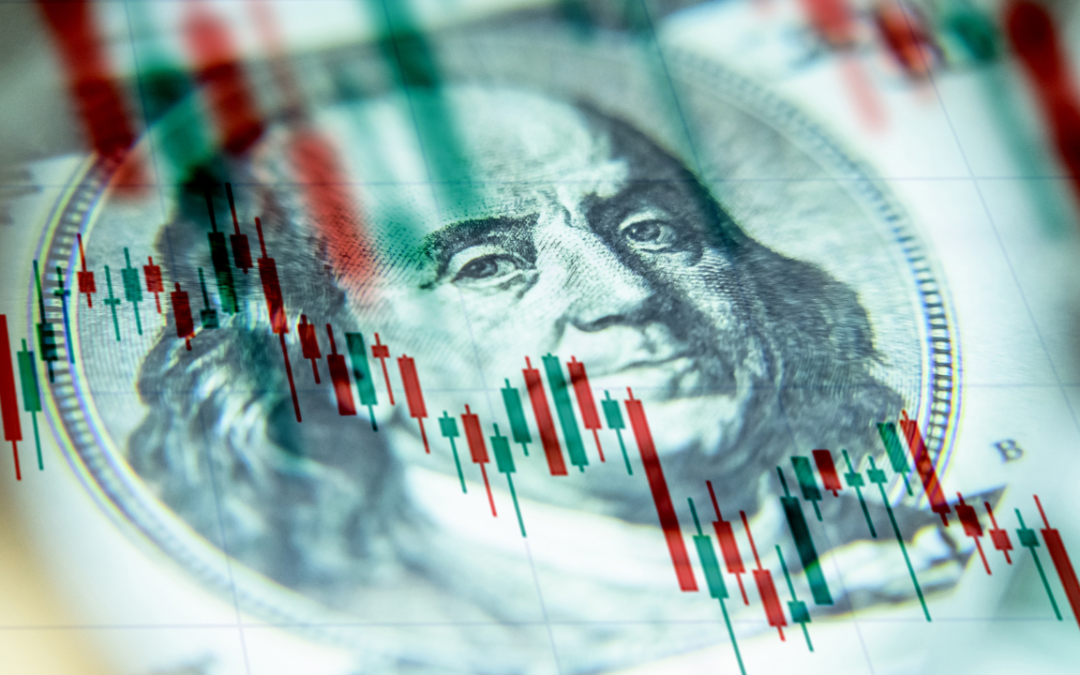As is now broadly recognized, a combined extraordinary effort from the US Fed, Treasury and Congress managed to prevent financial market meltdown in March. Their efforts were replicated by institutions as diverse as the Bank of England, Scandinavian and Swiss central banks and the People’s Bank of China. In the end, even the ECB got the tone and the tools right. As a consequence, global economic recovery is likely in 2021.
Yet as policy collaboration and initiatives intensified through the spring, markets recovered so rapidly that many observers questioned the severity of the fundamental challenges. That, in my opinion, is wrong and dangerous thinking. It is premature and unwise, for example, for US Treasury Secretary Mnuchin to scale back policy support, as he did in mid-November. What is at risk is not only financial market stability but also job creation, the housing market and much-needed business investment.
The core of the challenge is confidence, which rests on credibility. Bankers recognize that their solvency hinges on a shared belief that they are ‘money good’. Markets only function if both buyers and sellers engage in the belief that both sides will act in good faith and offer sufficient liquidity to ensure continuous transactions.
A similar logic applies to central bank credibility. Sometimes it takes a ‘big bazooka’ or ‘whatever it takes’. In order for the Fed to become credible in March, it had to flip the switch from $750bn in asset purchases to “unlimited” and “semi-unconstrained” QE-plus.
So, as the Treasury Secretary seems to question, is a stimulus program that has not been fully distributed still necessary?
That betrays a fundamental misunderstanding. A key reason the Fed has not deployed its full firepower is that everyone expects its resources to be vast, and that as much as necessary will be deployed. If, on the other hand, policy makers waver on their commitments, the results could be akin to a bank run, namely the return of financial stress without any clear policy benefit.
When the Fed dramatically expanded its QE program during the crisis in March and April 2020, it explicitly included a series of measures to help the credit market, initially following the script from the Bernanke
Fed’s emergency lending during the Global Financial Crisis (GFC). However, soon after the initiation of the large $750 billion programme it became clear that more was needed. The Federal Reserve, led by Chairman Powell, quickly “crossed the Rubicon” by explicitly including high yield instruments as eligible securities for its asset purchases. The move was questioned even at the time, given already rapidly improving equity and credit markets, as potentially hasty and unnecessary. In our view, instead, it reflected the view that policy needed to assist the weakest and most vulnerable parts of the financial market. In credit markets, that includes high yield bonds.
By shifting its market stabilization commitment decisively into corporate credit, the Fed signalled that it perceived significant economic and market risks in the event of severe credit market dislocations. And by virtue of decisive Fed action, backed up by scale, a market collapse became less likely. At the same time, the Fed became more firmly bound to its commitment to super-low Fed Fund rates and to a series of interest rate and credit spread target zones for mortgage, municipal and investment grade and high yield bonds. For the time being, these targets are implicit and undefined, but they may become explicit if required.
The key pillars of this unofficial construct are as follows:
- According to recent FOMC meeting material, the FOMC expects the fed funds rate to remain close to zero for next 3 years, so that, in effect, US dollar fixed income products with no credit or duration risk will have no cost and no income for the foreseeable future.
- US government debt has ballooned. Even before even more fiscal stimulus is administered, the best and possibly only way to manage the nation’s debt burden will be to keep interest rates low.
- The US consumer is crucial for final demand. The largest asset for the US consumer is housing (followed by equities), so the price of housing—namely, mortgage rates—must remain low.
- US corporates entered the recession with high debt. This makes economists nervous, but it also means that the Fed has had the chance to improve corporate viability by pushing corporate borrowing rates even lower.
- Consequently, strong companies will see their profits move higher when demand returns, and weak companies will survive and become profitable. It should be emphasized, however, that if monetary easing is overdone, it could result in many ‘zombie’ companies and a drain on productive resources.
- The weakest credits are found in the high yield segment, where risk can also spread to the equity market. Since a buoyant equity market helps economic growth, it is natural for the Fed to stabilize high yield credit markets.
In short, to promote its growth and inflation objectives, the Fed will need to keep a broad range of credit spreads tight until such time as growth recovers. If growth falters or financial stress returns, the Fed will need to respond aggressively. At this juncture, more QE is likelier than less. Moreover, the Fed’s credibility to act, backed up by support from the US Treasury, is itself a powerful salve for what ails markets. A premature loss of credibility could be disastrous.
For now, the Fed’s credibility has been boosted by the naming of Janet Yellen as Biden’s Treasury Secretary. In the global interests of promoting recovery and market stability, that is welcome news. The art of central banking occasionally involves reminding markets that the central bank’s balance sheet is potentially unlimited. The threat of action, alone, can be powerful. Of course, the central bank must also be mindful that when stabilization, normalization and the return to fuller employment have been achieved, it must also return to more normal policy settings, allowing interest rates to rise and credit spreads to widen. That, too, belongs to the art of successful central banking.



